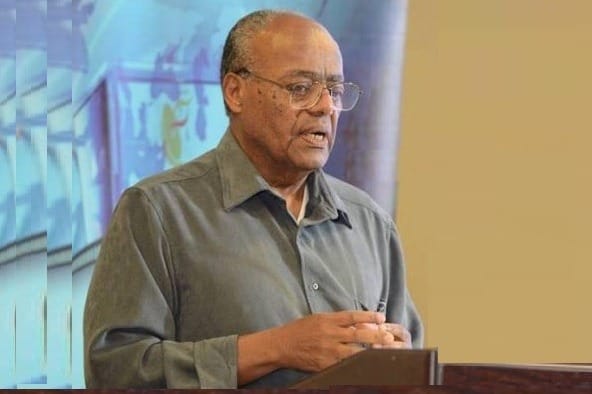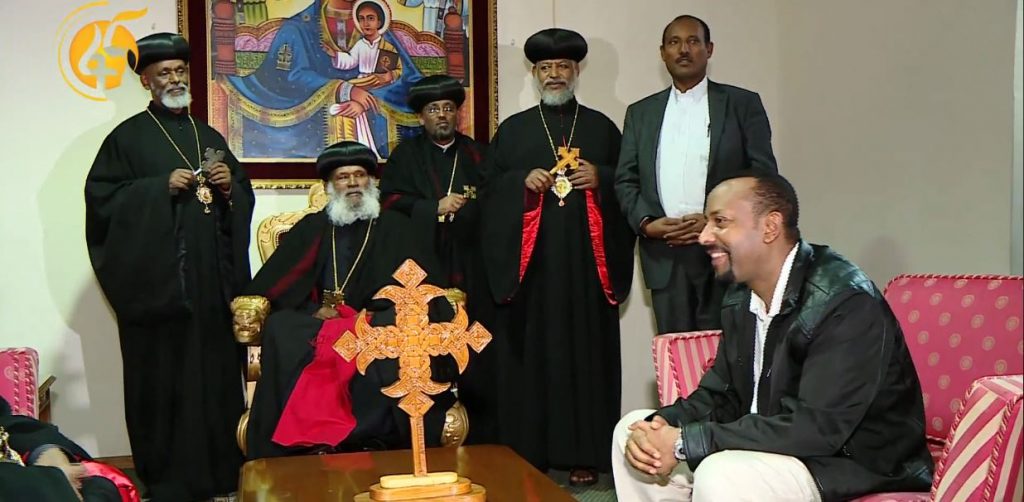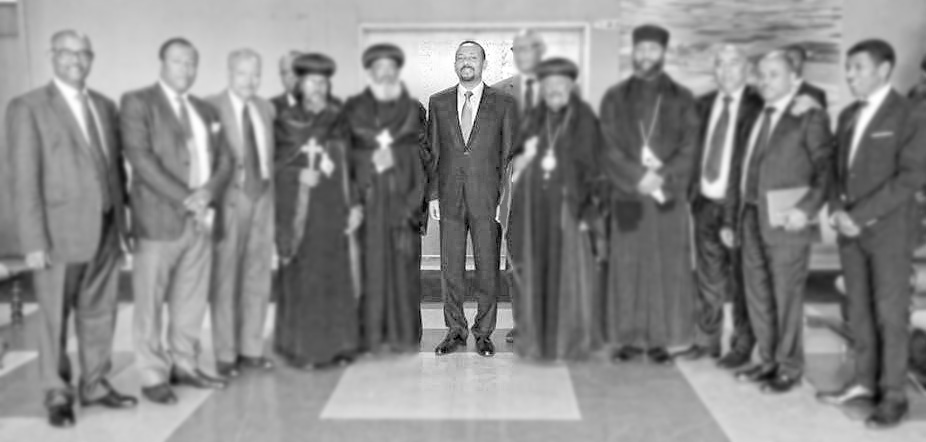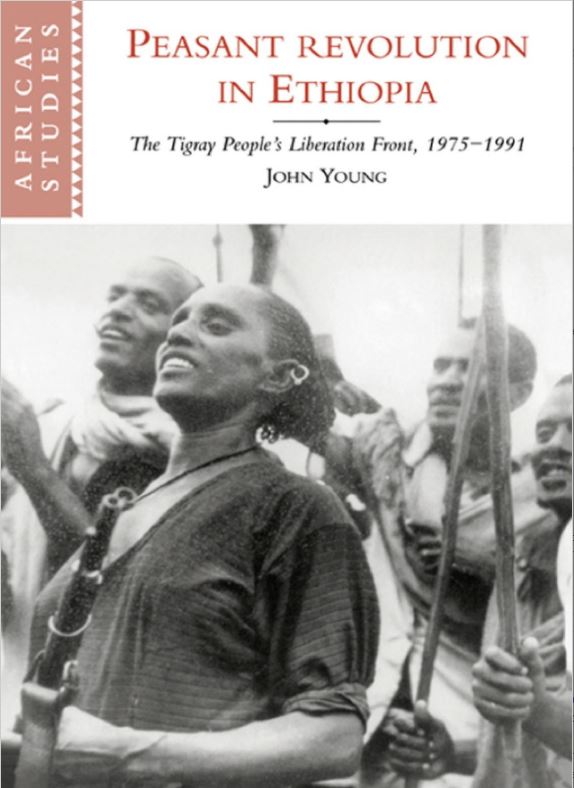
The latest writings of an Ethiopian diaspora academic living in USA are getting a lot of attention from Ethiopian government supporters. Messay Kebede, continues the elitist view that authoritarian means are allowable to reach the goal of Ethiopian nationhood by eliminating non-Amharic ethnicity. For many years this academic has been a source of building a sense of Amharic elitism under the false pretense of Ethiopian national identity.
Well recognized academic Dr. Messay Kebede wrote yesterday in the Ethiopia Observer that Ethiopia has no choice but to rapidly invade Tigray in light of its “military victory”. He like many of the Amahra elites are opposed to the UN and Western democracy requests for a cease fire but instead want the war to continue mercilessly.
His writings have changed almost 180 degrees from what he was writing prior to Abiy Ahmed coming to power to what he is writing now in support of Abiy Ahmed. Now he calls the goal of creating a nonethnic unified Ethiopia as a legitimate excuse for overwhelming force in Tigray and Oromo while saying nothing against genocide. Amazingly his calls for oppressive Ethiopian military action stand in stark contrast to what he stated in previous writings.
Previously in January 2021 he had called for Abiy Ahmed to take down the “Oromo elites” even if he had to use “authoritarian” means as the way to allow an Ethiopian nationhood to emerge from previous ethnic centered politics. He goes further in the recent writing to predict that the Tigray and Oromo will welcome Ethiopia forces as “liberators”. After my 7 years of living in Tigray including experiencing the occupation of Mekelle whilst carrying for hundred of Tigrayan victims of Abiy Ahmed’s directed atrocities I cannot imagine how this could be true. Previously the Tigray suffered for almost 2 decades under the Derg regime without surrender.
In 2016 he celebrated the development of Amharic resistance to the Ethiopia Peoples Revolutionary Democratic Front and called for the Oromo to join in that fight. He noted that other Amhara were fearful that joining with Oromo could strengthen the Oromo quest for secession. Interesting he stated at that time however that a government who had to call an army to quell rebellion was weak.
The mobilization of army units to crush a popular rebellion is not a sign of strength; it is the proof that the regime has lost all legitimacy so that it can only govern by force and intimidation. Such a regime is at the mercy of incidents, not to mention the inevitability of internal divisions and even of a coup d’état.
In this same 2016 writing, he called for those wanting change to insure that a new way of ruling is required. In other words those that come after the EPRDF should not rule in the same dominating way. This somewhat echoes the recent comments of former Ethiopian minister Falsin Abdi who resigned her position because she felt Abiy Ahmed was wanting to start a regime based upon Amhara domination. Now Messay Kebede seems to have forgotten his previous words.
This noted academic like many Amhara comes to his opinions based upon the idea that an Amharic defined Ethiopian nationalism is best for Ethiopia which requires the elimination of other ethnic identities. Whereas the Tigray and many Oromo fighting for liberation see ethnic preservation in a coalition is vital to preserving their culture and way of life.
Dr. Kebede has previously received acclaim from many among the Amhara intellectual elites for his writings on the causes and mechanisms of the Ethiopian revolution against the Derg regime in the book, Autopsy of the Ethiopian Revolution. Following the the Ethiopia People’s Revolutionary Front coming to power, Kebede was on the faculty at Addis Ababa University for 15 years. Many Amharic academics clashed with EPRDF policy of recognizing multiple ethnic identities and preserving regional autonomy including Dr. Kebede. After spending 5 months in jail he decided to immigrate to the United States in 1994 where he has been on the faculty at the University of Dayton since 1998.








